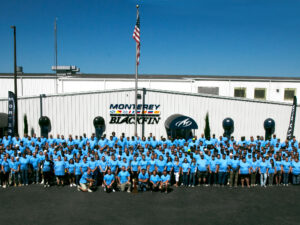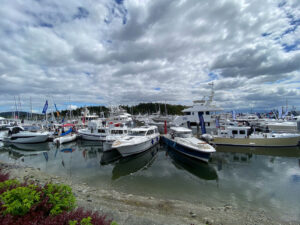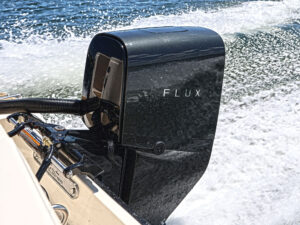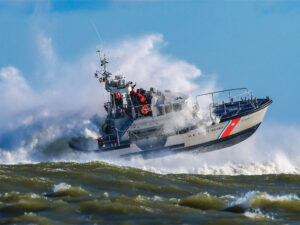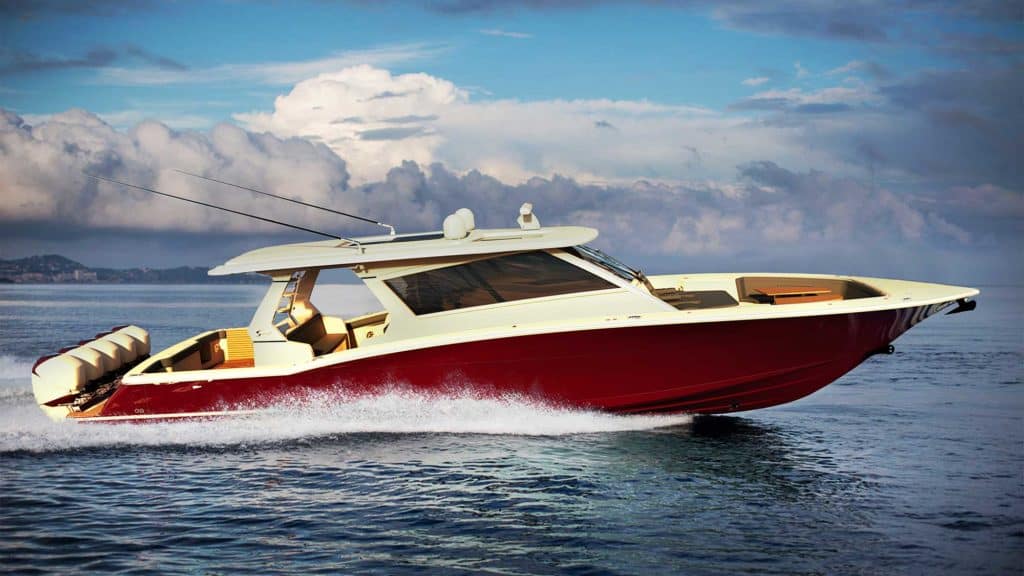
Scout boats will debut its biggest boat to date in early 2019: the 530 LXF. We caught up with Scout Boats founder and president Steve Potts on a day when the rigging team just begun installing five 425 hp Yamaha XTO Offshore outboards aboard the 530 LXF Hull No. 1. It’s notable that while Hull No. 1 has yet to splash, it, along with hulls No. 2, 3, 4, 5, 6 and 7, have already been sold. Also, it’s fitting that Scout’s largest boat to date utilizes Yamaha’s largest engine to date. Yamaha purchased this first one to work out the details of the controls and systems for five engines.
Potts dished on the 530 LXF, outboard engines, boats, and their place in the current boating universe.
UPDATE January, 2019: Scout 530 LXF Tested!
How many models has Scout Boats produced since that first 14-footer in 1989?
SP: Including current and discontinued models? We’ve developed and brought to market over 100 new-model boats.
What is this boat’s mission?
SP: I challenged my son, Stevie, who is in charge of our R&D department, with building the best new boat possible. Its design is linked to the advancement of the outboard motor and the technology associated with it. The outboards are great for boats kept in the water; they are quiet, they are fly-by-wire [Editor’s note: electronic control], they offer big horsepower.
So, who’s the buyer?
SP: It can be a cruiser, with its private master and aft staterooms and a salon-galley area. Yet the 530 LXF is still a center-console capable of tournament-level fishing. The 530 LXF also delivers high performance. With its double-stepped hull, this boat will run 60-plus mph.
Sixty mph? That’s quick.
SP: For our customers, 60 mph seems to be the sweet spot. It’s a person who buys an AMG Mercedes — quality and luxury with the performance. The performance is something that sets us apart, as some other boats aren’t providing that aspect.
Do any construction details aid in the performance goals?
SP: We use carbon and epoxy throughout this boat to make it lighter and stronger.
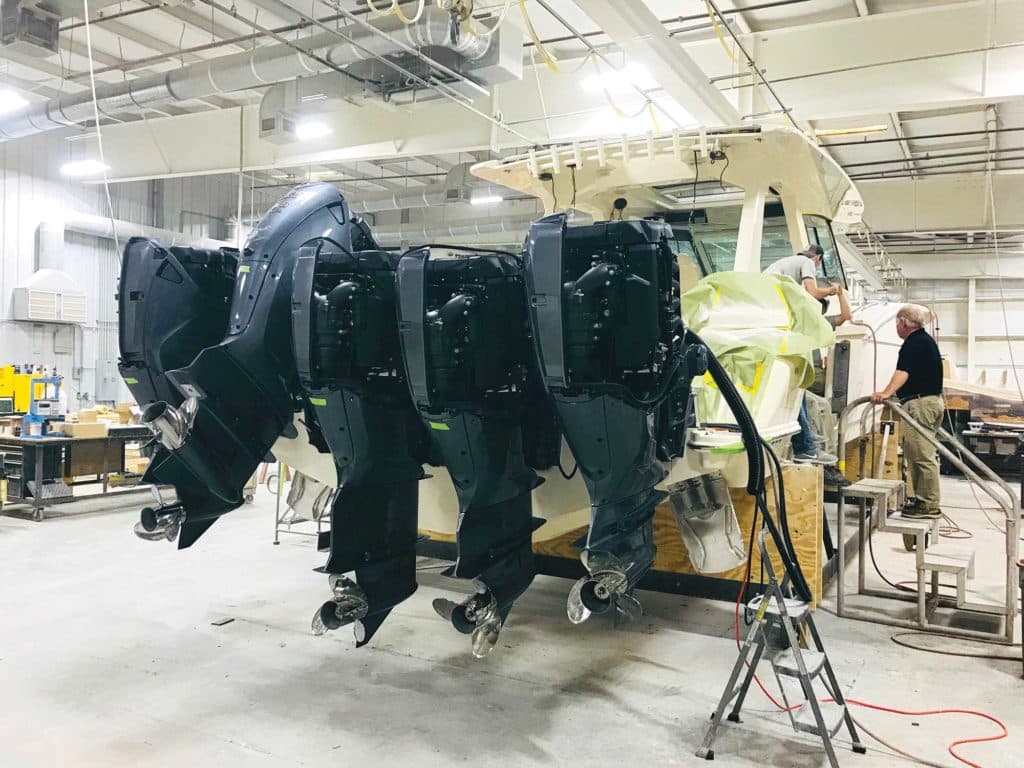
Does outboard power, with the weight aft compared to an inboard shaft or pod-powered boat, affect the ride and performance?
SP: There may be some truth to that, with the CG [center of gravity] higher and farther aft, and with the typically deeper deadrise of outboard boats. We include a Seakeeper gyro standard aboard the 530 LXF. Seakeeper makes a 40-foot boat ride like a 50-footer and a 50-footer ride like a 65.
Are there any other aspects of outboard power that help this boat achieve its mission?
SP: Versus a boat powered by a shafted inboard or pods, you are not as nervous when operating in the shallow waters found at so many prime boating locations. Hit the sandbar with your inboard or pod and you ruin your wallet and ruin three weeks of your life. This boat can nose up on a beach and run with less worry in shallow water.
Anything specific to the Yamaha 425 XTO?
SP: There’s nothing in the bilge. Hydraulics, steering and systems are integral. You can change the gear oil without having to haul the boat. They are great for boats that stay in the water.
What else is unique about the 530 LXF?
SP: Two 9-foot-long hydraulic platforms fold out from the topsides on each side of the cockpit.
Similar to what’s been trending aboard mega-yachts?
SP: Exactly. The platforms fold out and down, flush with the cockpit sole. They expand the beam of the boat from 14 feet 8 inches to 20 feet. This allows an outboard boat to offer great access to the water for swimming and room for entertaining.
When can we sea-trial the 530 LXF?
SP: Late in the fall of 2018. We hope to debut it at the next Miami International Boat Show in February 2019.

